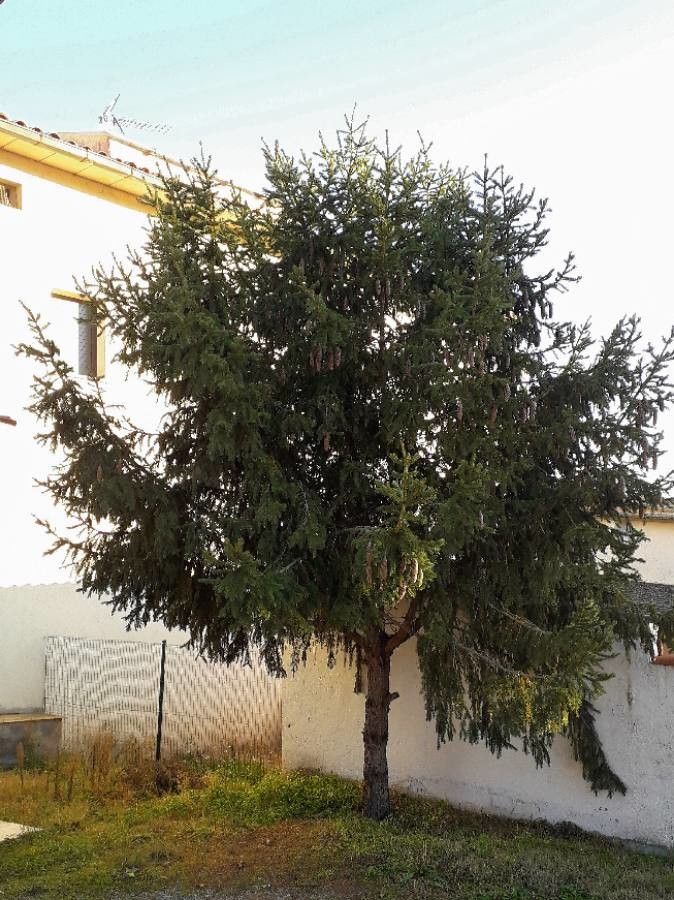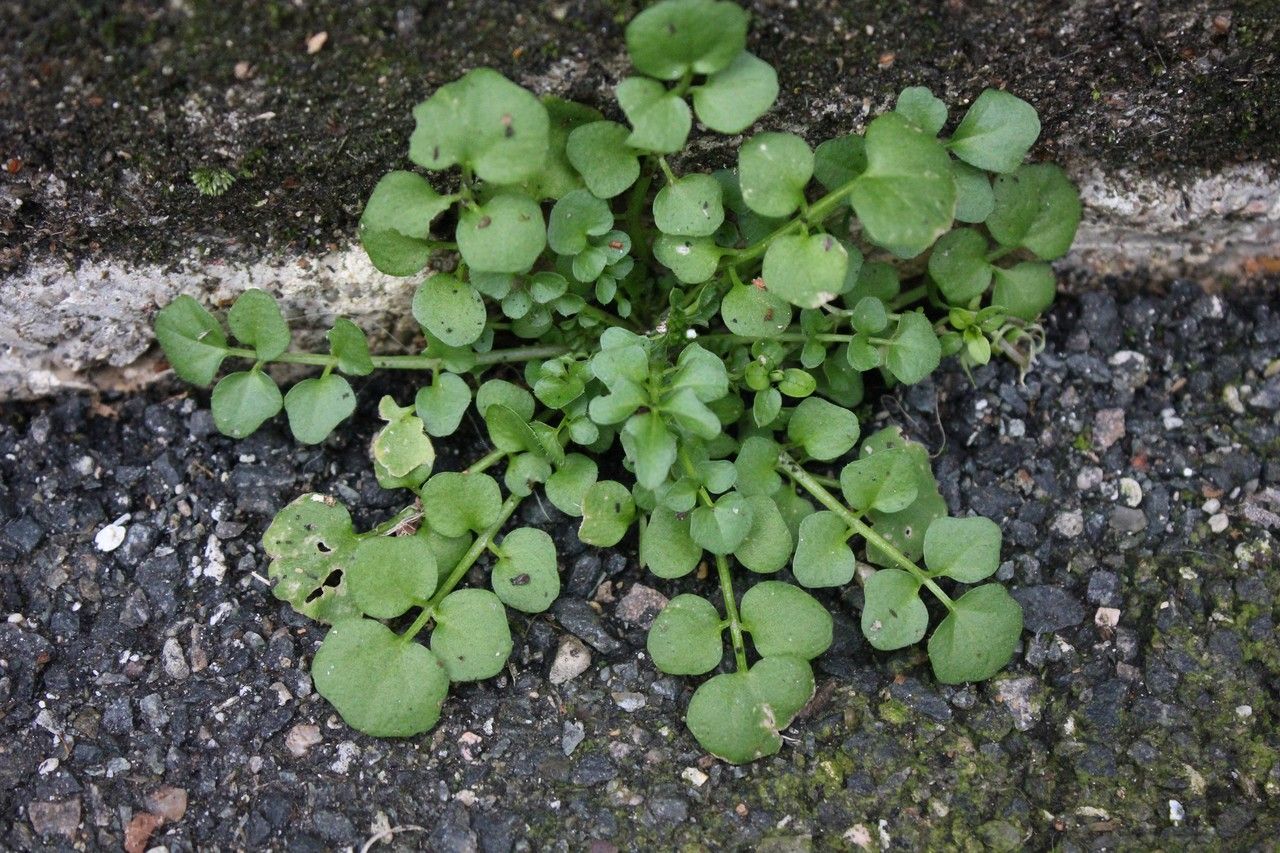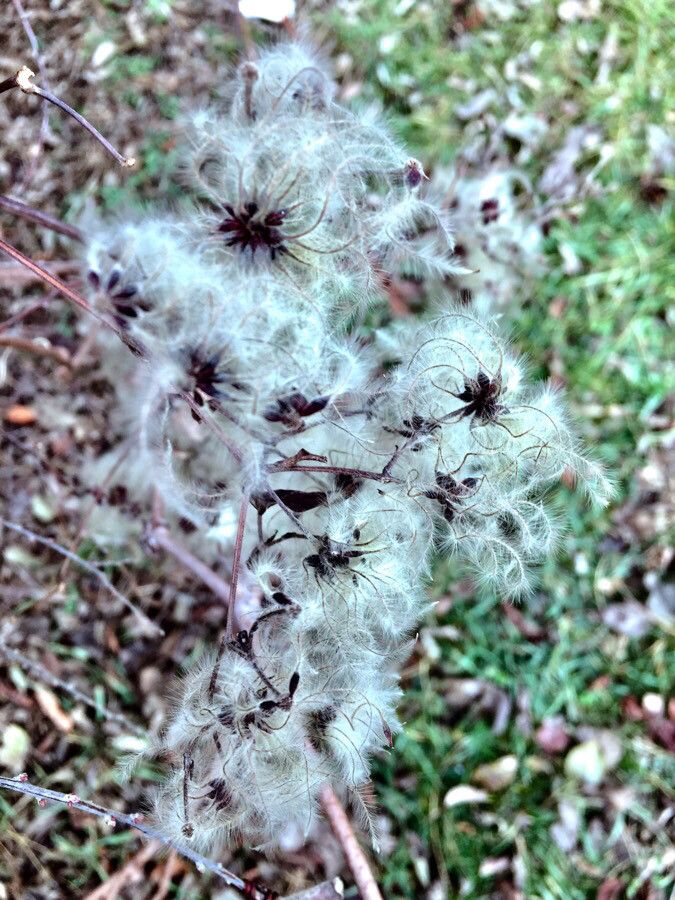## The Striking Beauty of the Flowering Banana
The Flowering Banana, though not producing edible fruit like its cousin the Cavendish banana, is a captivating ornamental plant that adds a dramatic tropical flair to any garden. Belonging to the *Musaceae* family, this stunning plant boasts vibrant foliage and striking inflorescences, making it a favorite among gardeners seeking a touch of exotic elegance.
### Habitat and Growth
Flowering bananas thrive in warm, humid climates, mirroring their native tropical and subtropical habitats. They prefer areas with ample sunlight but can tolerate some shade, especially during the hottest parts of the day. Providing protection from strong winds is crucial, as the large leaves can be easily damaged.
### Soil Needs
The ideal soil for a flowering banana is rich in organic matter, well-drained, and consistently moist. Heavy clay soils should be amended with compost or other organic materials to improve drainage and aeration. The soil pH should be slightly acidic to neutral (6.0-7.0).
### Sun Exposure
While flowering bananas appreciate abundant sunlight, they benefit from some afternoon shade, especially in hotter climates. Six to eight hours of direct sunlight per day is ideal, with protection from the intense midday sun. Too much direct sun can scorch the leaves.
### Planting and Care
Flowering bananas are generally propagated through rhizomes. Plant the rhizomes in well-prepared soil, ensuring they are planted at the same depth as they were previously growing. Regular watering is essential, especially during dry periods, but avoid overwatering which can lead to root rot. Mulching around the base of the plant helps retain moisture and suppress weeds.
### Fertilization
Flowering bananas are heavy feeders and benefit from regular fertilization, especially during the growing season. Use a balanced fertilizer high in potassium, which supports robust flowering. Follow the fertilizer instructions carefully, as over-fertilizing can harm the plant.
### Pests and Diseases
While generally robust, flowering bananas can be susceptible to pests such as aphids, mealybugs, and spider mites. Regularly inspect the plant for signs of infestation and treat promptly using appropriate insecticides or other pest control methods. Fungal diseases, such as leaf spot and banana wilt, can also be problematic. Good air circulation and proper watering techniques can help prevent fungal diseases.
### Propagation
The easiest way to propagate flowering bananas is by separating suckers or offshoots from the mother plant. These suckers should be carefully dug up, ensuring that they have their own roots attached, and replanted in suitable locations.
### Flowering and Fruiting
The striking flower of the flowering banana is a significant feature of the plant, boasting vibrant colors that can range from bright red to deep purple. While flowers are more prominent than fruit, it should be noted that some varieties produce small, inedible fruit.
By following these care tips, you can enjoy the breathtaking beauty of the flowering banana in your own garden, creating a tropical oasis that captivates all who behold it.
Flowering Banana: A Gardener's Guide

Frequently Asked Questions
How to grow a flowering banana plant?
Plant rhizomes at the same depth as they were previously growing in well-drained, organic-rich soil. Ensure consistent moisture, provide 6-8 hours of sunlight (with some afternoon shade), and fertilize regularly with a potassium-rich fertilizer.
What type of soil does a flowering banana need?
Flowering bananas thrive in well-drained soil rich in organic matter. Amend heavy clay soils with compost to improve drainage. The ideal pH is slightly acidic to neutral (6.0-7.0).


